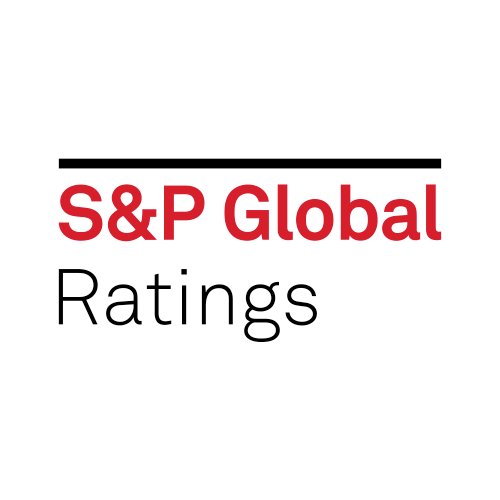Despite increasing numbers of hedge fund reinsurance (HFRs) start-ups entering the soft P&C reinsurance marketplace, their performance lags behind that of traditional Bermudian reinsurers with many yet to generate an underwriting profit, Standard & Poor’s (S&P) said in a recent report.
 This calls into question how sustainable the HFR strategy will be in the long-term, but the segment is showing signs of learning and evolving; S&P’s forecast is more positive for recent start-ups sponsored by an existing re/insurer and asset manager, which have shown stronger performance than stand-alone HFRs.
This calls into question how sustainable the HFR strategy will be in the long-term, but the segment is showing signs of learning and evolving; S&P’s forecast is more positive for recent start-ups sponsored by an existing re/insurer and asset manager, which have shown stronger performance than stand-alone HFRs.
S&P Global Ratings credit analyst, Taoufik Gharib, commented that sponsored HFRs, firms with a reinsurer sponsor, have outperformed stand-alone HFRs, which operate without a reinsurer sponsor, being better placed at least to break even from an underwriting perspective.
“We continue to view the HFR business model as generally more sensitive to earnings and capital volatility than traditional reinsurers,” he said.
HFRs aim to deliver attractive returns to institutional investors that exceed those of traditional reinsurers by targeting low-margin and low-volatility P&C reinsurance business. Most of the capital goes to “alpha” to generate hedge fund investments or total return strategies, while reinsurers assume risk on the liability side and comparatively little on the asset side.
S&P said HFRs show better investment returns than the traditional Bermudian reinsurers, generating an average net investment return of 10% compared with the traditional segment’s 2.1%.
However, this performance pales when comparing underwriting losses which show a three-year average return on equity of 3.9% for HFRs, only about one-third of traditional Bermudian reinsurers’ 9.8%.
Over the long-run, it remains to be seen whether even the sponsored variety of total return or hedge fund reinsurers can remain a viable strategy, although the HFR sector has been evolving to enhance its business model, with latest entrants taking a more hands-on approach to their investment strategies than earlier HFRs.
S&P advised HFRs to focus as much on additional risks as they do on the higher investment returns; “Their long-term viability depends on whether combining hedge funds and reinsurers can create diversification benefits beyond what occurs in these organizations independently, thus creating a more capital-efficient vehicle and higher promised returns.”
HFRs should also bring investment strategies under risk frameworks similar to those of traditional reinsurers, in order to bring a more “robust enterprise risk management and risk visibility to HFRs,” said S&P.
Increased risk visibility would make investment strategies more stable, and future risk profiles more predictable.
While S&P believes there’s more hope for the sponsored HFR model which can leverage the sponsor’s infrastructure for better control of operating expenses, over the long-run, questions remain over whether even the sponsored variety of total return or hedge fund reinsurer can remain a viable strategy.


